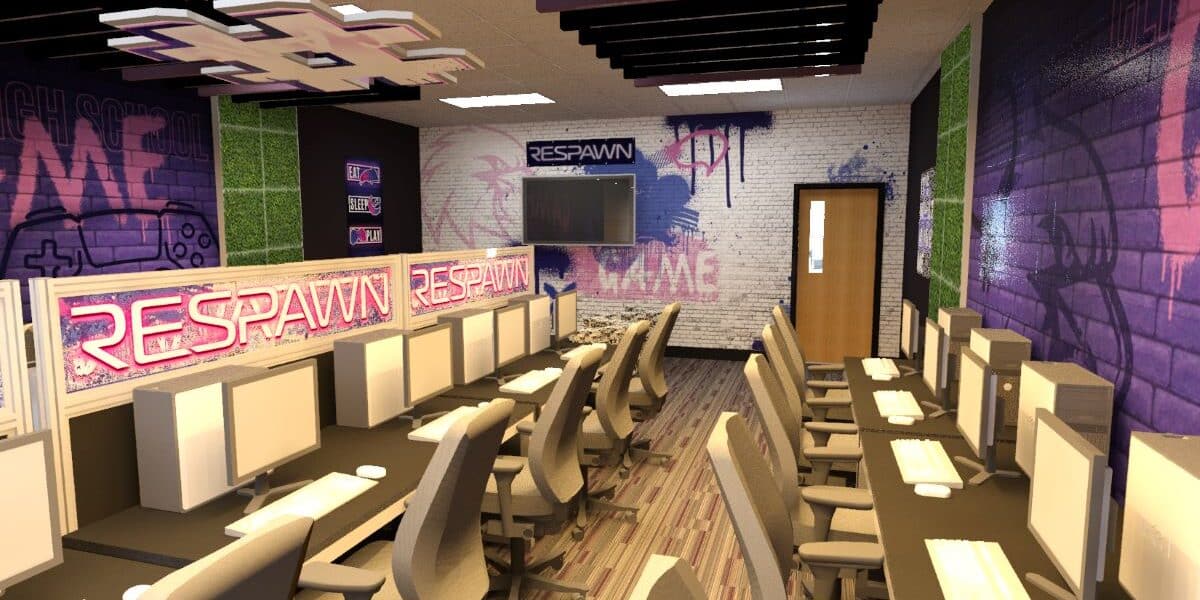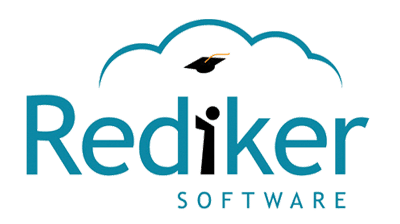The video game industry has surged to historic levels of popularity in recent years, surpassing the overall market share of film and North American sports combined. As gaming continues to dominate pop culture, the impact of this massive enterprise has migrated into other areas as well, specifically within schools.
As more students are participating in video games at home, many schools have capitalized on the opportunity to celebrate that interest through a growing extracurricular: esports.
Esports leagues are largely established in higher education, and now they are seeing a similar uptick in interest within K-12. While some schools may be hesitant to encourage more screen time for students, those that have adopted these programs are seeing both emotional and long-term career benefits.
Helping Students Gain XP
People who have experienced a team activity, especially during their school years, can often attest to the many benefits of these programs. According to Health.gov, children who are part of a team generally experience lower rates of anxiety, depression and stress while also having higher self-esteem and confidence.
Access to any team activity is highly important for these and many other reasons, but the value is compounded when schools offer esports, as it draws in a unique population of students who don’t generally participate in traditional sports. In fact, most students in esports do not compete in any other team extracurriculars.
In addition to the emotional enrichment an esports program can offer students, the long-term benefits extend to their future careers. For many adults, the job path they decided to follow is an extension of their childhood passions. With the right resources made available to students, such as dedicated extracurricular activities, these interests can be fostered and given the opportunity to grow into marketable skills that can be applied to opportunities within the job field.
The sheer size of the gaming industry means there is no shortage of available positions. Over a quarter million people are employed by the U.S. video game market, and that number is expected to continue increasing. Students aspiring to work in the video game space as developers, writers or even accountants, marketers or other more mainstream roles can be confident that, with the right experience and education, a job will be available for them.
Esports programs within schools allow students interested in those activities to focus that passion and potential at a young age, setting themselves up for future success.
Building a Winning Environment
Esports is like any other program; a school will get the value out that is put in. A basketball team can practice and play on a parking lot with a temporary hoop, but schools are much more likely to develop an attractive and successful program with a dedicated space and proper equipment. Schools looking to create an esports program should follow that same philosophy. However, K-12 administrators may not be as familiar with esports and its space requirements as they are with other activities.
“Most school activities, like sports or theater, have had the time to develop an infrastructure and mature within their physical space. Esports needs some time and resources to catch up,” says Preston Gardner, vice president of product at Palmer Hamilton, a full-service K-12 space designer and furniture provider. “Schools and the partners they bring in should understand how to cost-effectively implement a space that can grow and evolve with the esports program.”
In these situations, the most important concept to keep in mind is that esports is its own unique activity, and the program will benefit from its own unique equipment. This primarily includes the computers in the gaming system, but it also requires furniture designed specifically to complement the player.
Esports-specific desks and chairs have multiple adjustment points and styling features that are not available in a typical STEM/computer lab setup or even in traditional office furniture. This flexibility supports optimal comfort and ergonomics for the unique way gamers interact with furniture.
Some gamers will stay still as they play, but many will fidget and squirm in response to the excitement and tension. Chairs designed for esports can accommodate this behavior without distracting players from their game. Esports-specific desks also offer solutions that support the necessary technology, including the central processing units (CPUs), monitors and peripherals, without creating awkward, clunky setups that compromise ergonomics.
The space itself should be distinctly esports as well, offering both functional and aesthetic design elements that are set up to support the program. While each space will differ slightly, the essential components of an esports room layout include stations for coaching, streaming and broadcasting, as well as console play areas with furniture, spacing and enough Internet bandwidth to handle the requirements of fast-paced gameplay and processing requirements.
To promote the competitive nature of esports, school spirit is often a major theme in the decor. Lighting also plays a key role, with LED-lit signs often accenting traditional lighting as they are easier on the eyes and won’t take focus away from the game.
Covering the basics and bringing additional flare with elements personalized to the school and the program can be aided by enlisting a company with expertise in these areas. There are many esports furniture companies and many K-12 furniture companies, but a limited number of companies understand both industries enough to help a school community develop its best possible esports space.
Finding the Right Teammates
After finding the right developer and working with them to set up a space for an esports team, all that’s left to do is develop the program. This is another area where outside support can make a dramatic difference to the initiative’s success. Sponsorships from corporations in the industry are more common in college, but many companies are open to working with younger students to help develop their skills in this field. Look for opportunities for students to learn from real, working professionals and allow them to establish connections for a future career in the industry.
Resources are also available for teachers and coaches from within the school community to build a program. There are several free or paid options to help train staff in teaching esports and provide curriculum for both competitive and classroom settings.
Support like this makes esports accessible to all schools, regardless of budget, and gives educators the opportunity to provide students with the emotional and career enrichment benefits of a gaming program.
Richard Hein is the marketing director for Palmer Hamilton, which provides smart, versatile and beautiful furnishing solutions to K-12, higher education, libraries, commercial markets, fab labs and makerspaces, www.palmerhamilton.com.






